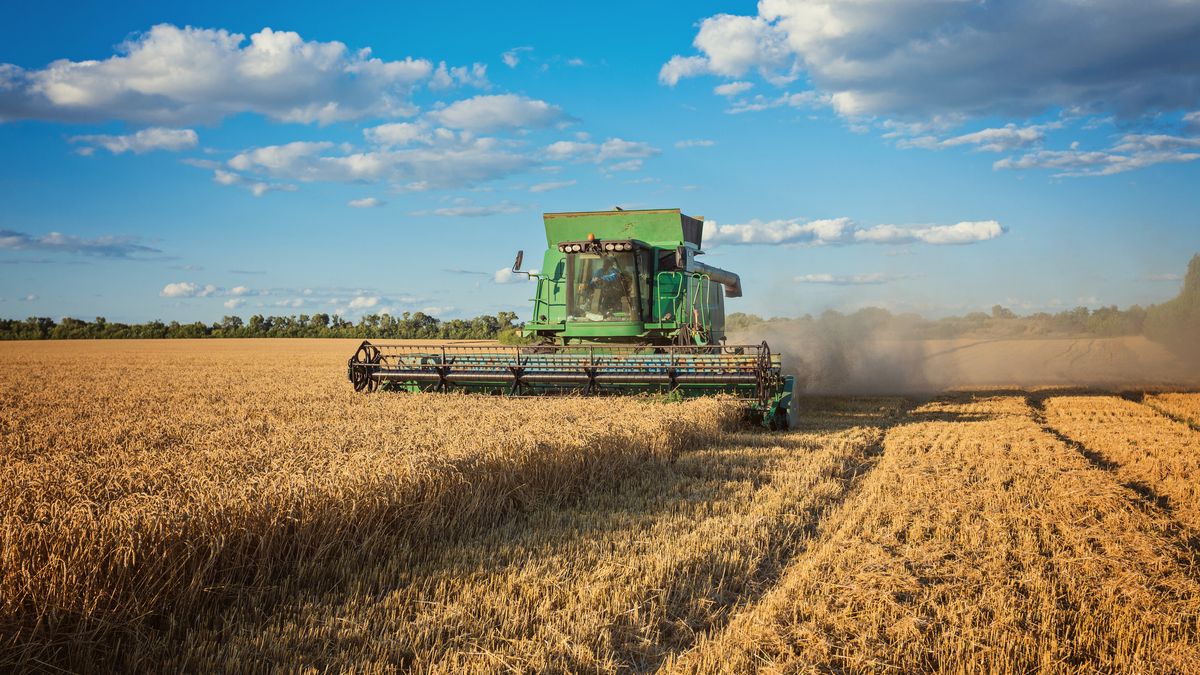He agriculture was able to take revenge after a year marked by the drought, although there were also winners and losers in the 2023/2024 financial year, which was affected by another climatic phenomenon such as the intense rains, that caused floods.
While the government prepares for the possibility of a new drought, there were sectors that benefited from the situation, such as the wheat, the barley, he rice and the cellulose, while the rape and the dairy They failed to recover, according to a survey conducted by Exante.
Wheat, barley and rapeseed
With respect to winter crops, The area planted in 2023 contracted significantly, the study observed, which contrasted the high productivity in wheat and barley with the reduction of the harvest of rape.
Although prices showed significant declines compared to the 2022 average, this was offset by the lowering of the price of key inputs and the consequent cost reduction. Thus, cereals achieved better margins per hectare than rapeseed.
Sojaexan.png
Soybean expectations and problems
Although the summer campaign had a promising start and the harvest of soy was around 3 million tons, the rains of a few months ago caused losses that contrasted with the notable recovery compared to the period of drought.
A positive aspect was the improvement in prices in April and May due to the floods in Brazil and climate problems in USA, with values reaching up to 430 dollars per ton.
In addition, costs measured in dollars fell very moderately and high drying costs were incurred due to high humidity levels, Exante explained.
Embed – https://publish.twitter.com/oembed?url=https://x.com/Exante_UY/status/1813696959276052665&partner=&hide_thread=false
Rice benefited from prices
The harvest of rice It started with a smaller planted area due to drought and then excessive rain delayed the harvest, causing losses estimated in the sector at around 400 kilos per hectare.
Despite this, the fall in global stocks of the product and the obstacles to the export of the cereal since India, They kept prices at historic levels and more than 70% of the harvest has already been sold at very high prices, with good margins.
RicePrice.png

The revival of meat
For its part, bovine extraction had a reactivation, due to a greater task and a high dynamism in the export of cattle on the hoof, the consultant explained.
At the same time, fattened cattle prices gained strength with increased demand, although they accumulated a strong decline in the average of the cycle. At the replacement level, prices found support in live exports, despite a certain decline in recent months.
Fall for dairy industry
Meanwhile, the dairy showed a negative impact on its production due to the rains of March-May, while the remission of milk to industrial plants has fallen sharply in recent months, offsetting previous growth.
International prices of dairy rose at the beginning of the year and remained firm, allowing some rebound in export prices in Uruguay and producer prices, which fell compared to the previous year’s levels.
The leap of cellulose
Meanwhile, the exported volume of cellulose took a leap in the first half of 2024, thanks to the boost provided by the entry into force of UPM 2.
Thus, although the price fell, the amount exported increased by almost 30% year-on-year and cellulose thus positioned itself as the main export product.
Source: Ambito




